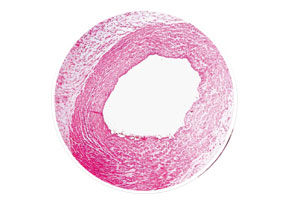The amniotic sack is a bag that contains the fetus during its growth and is a covering made up of two membranes that wrap up the embryo during the gestation months: the amnion and the chorion. The amnion is the innermost layer of this sack and is thin and resistant; it is also called “water bag”, because it contains an important substance: amniotic liquid.
The amniotic liquid is made up of 98% water, and the remaining 2% corresponds to organic (proteins, lipids, carbohydrates, vitamins and enzymes, among others) and inorganic (zinc, copper, iron and magnesium) solutes. This liquid serves as a cushion for possible blows or frictions and acts as insulation, protecting the fetus from noise. It is under constant renewal because the fetus is capable of absorbing it (swallowing and inhaling it) and eliminating it through urine. The external membrane that covers the amniotic sack is called chorion and it is the vastest, and sometimes, it is considered part of the placenta. Finally, the allantoids is a structure connected to the posterior intestine that is related to the feeding, circulation and excretion of the embryo.
Placenta
Considered a vital structure in the formation of the new being, the placenta is one of the most complex attached organs. It has a shape similar to a flattened disc, reaching a diameter of approximately 20 centimeters at the end of pregnancy. It develops from implantation to approximately the tenth day, from the endometrium and trophoblast. This last one’s cells are capable of generating connections with the blood vessels of the uterine wall, reason for which placenta is considered an exchange organ. As it is a means of communication between the mother and fetus’s blood vessels, it is capable of providing antibodies, oxygen and nutrients (vitamins, amino acids, sugars, water, lipids, mineral salts, etc.) to the fetus.It also has a return function, in order to allow the fetus to eliminate its waste (carbon dioxide and urea mainly), and an endocrine function because it secretes different hormones that benefit fetal development and breastfeeding. The fetus communicates with the placenta through the umbilical cord, a conduit similar to a hose covered in skin. It contains communicating blood vessels inside (umbilical artery and umbilical veins). Although the placenta completes its development in the second week of gestation, it continues growing along with the fetus for all nine months.








 Termina la Guerra de Corea
Termina la Guerra de Corea